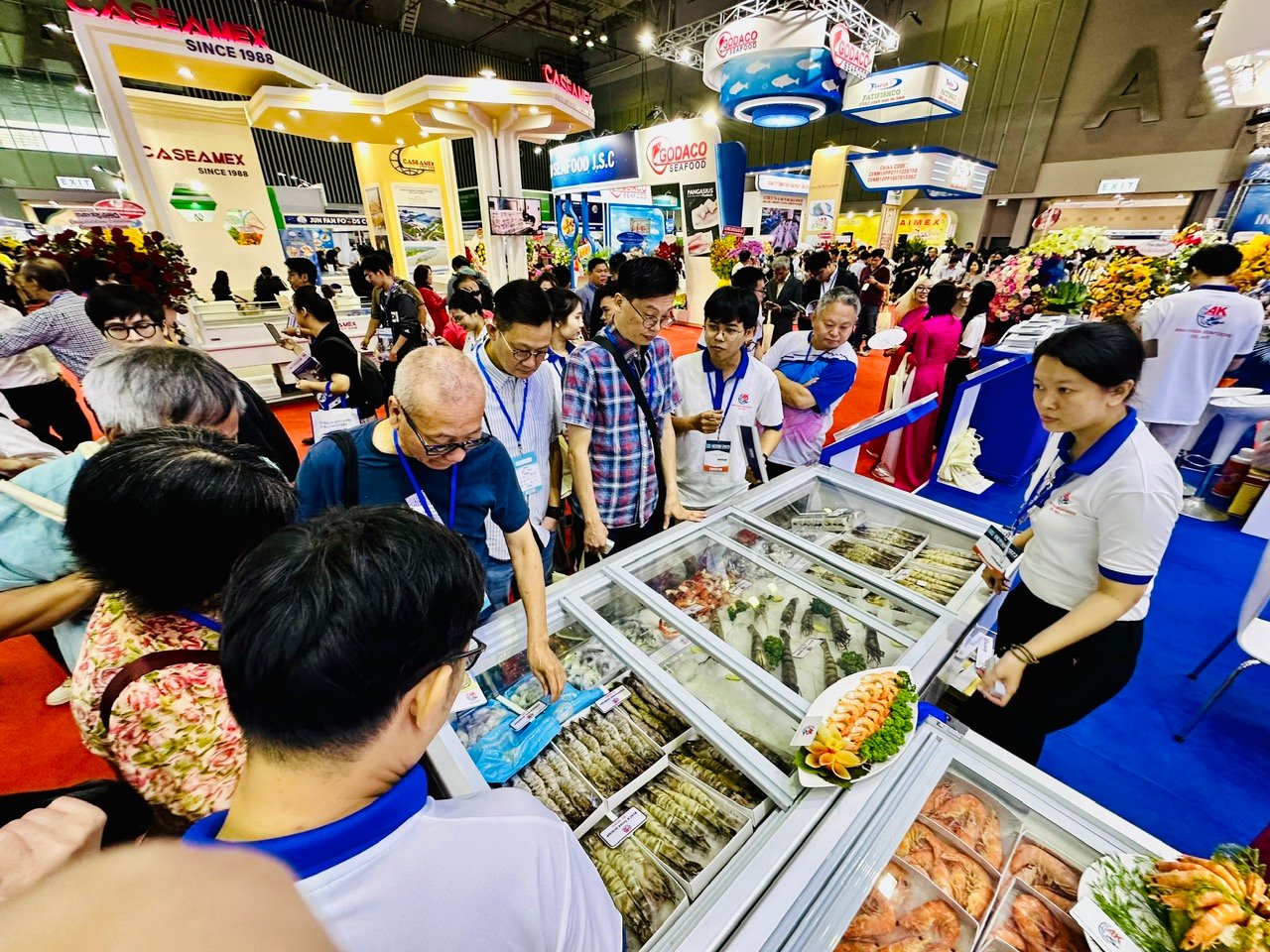
Japan is one of the three largest seafood import markets of Vietnam.
According to the reflection of shrimp exporting enterprises, there is currently a major problem due to Japan's overly strict regulations compared to many other countries regarding the acceptable threshold of Doxycycline antibiotic in seafood exported to Japan. This is causing great difficulties and disadvantages for Vietnamese seafood, because this antibiotic is still allowed to be used in aquaculture in Vietnam.
VASEP said that many countries do not ban the use of Doxycycline antibiotics (of the Tetracycline group) in aquaculture and do not check for residues of this antibiotic in imported aquaculture products. Some markets such as the EU, China, and New Zealand do check for this indicator but all stipulate a maximum residue level (MRL) of 100 ppb. This is considered an appropriate level, with risk assessment, and Vietnam's strictly controlled aquaculture products can fully meet this requirement.
However, Japan has only regulated the maximum allowable level of Doxycycline in products of the Perciformes Order at 50ppb and has not yet regulated the MRL for other aquatic products. According to current regulations in Japan, for chemical and antibiotic indicators that do not have MRL regulations, the general level of 10 ppb (Uniform limit) will be applied to these indicators. That means that Japan's maximum acceptable threshold for this indicator in imported aquatic products is 10 times stricter, only 1/10 of the maximum acceptable threshold of many other markets.
Faced with this problem, VASEP recommends that the Ministry of Agriculture and Rural Development consider and consult with the Japanese control agency so that Japan can adjust the regulations on the maximum allowable limit (MRL) for the antibiotic Doxycycline to be equal to the level of control in other countries such as the EU, China, and New Zealand.
Source link


![[Photo] Prime Minister Pham Minh Chinh meets with the Policy Advisory Council on Private Economic Development](https://vphoto.vietnam.vn/thumb/1200x675/vietnam/resource/IMAGE/2025/5/8/387da60b85cc489ab2aed8442fc3b14a)
![[Photo] President Luong Cuong presents the decision to appoint Deputy Head of the Office of the President](https://vphoto.vietnam.vn/thumb/1200x675/vietnam/resource/IMAGE/2025/5/8/501f8ee192f3476ab9f7579c57b423ad)
![[Photo] National Assembly Chairman Tran Thanh Man chairs the meeting of the Subcommittee on Documents of the First National Assembly Party Congress](https://vphoto.vietnam.vn/thumb/1200x675/vietnam/resource/IMAGE/2025/5/8/72b19a73d94a4affab411fd8c87f4f8d)
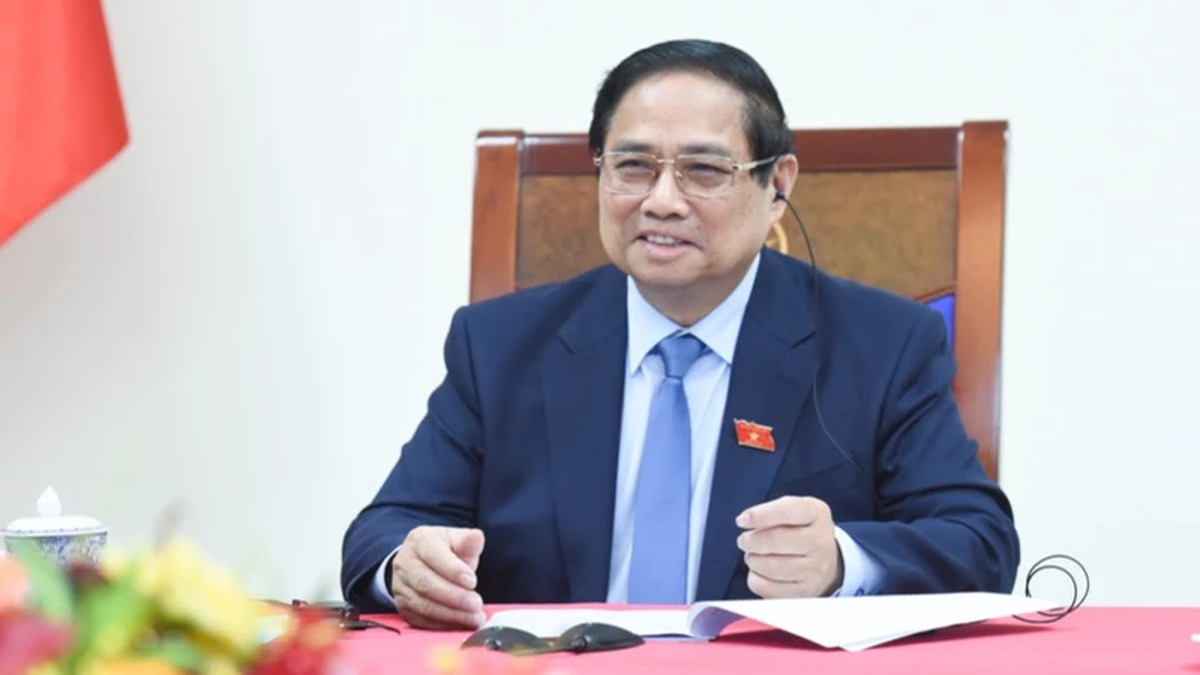
![[Photo] General Secretary concludes visit to Azerbaijan, departs for visit to Russian Federation](https://vphoto.vietnam.vn/thumb/1200x675/vietnam/resource/IMAGE/2025/5/8/7a135ad280314b66917ad278ce0e26fa)

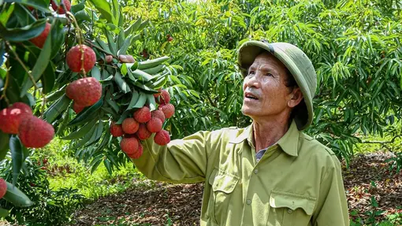

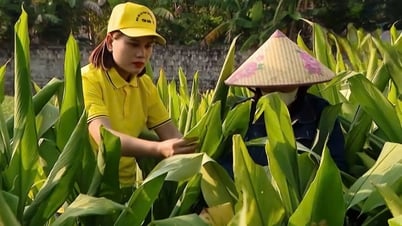





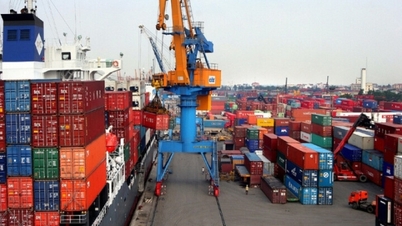
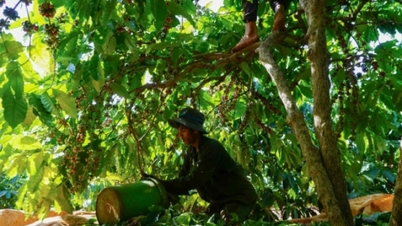

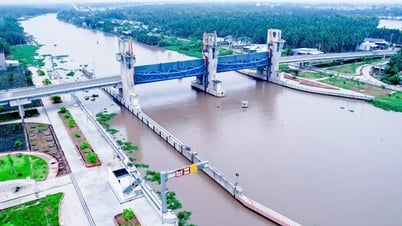
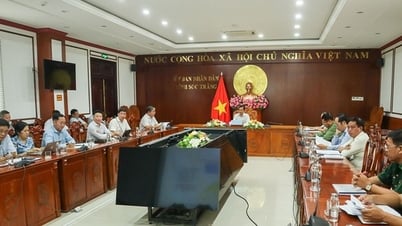
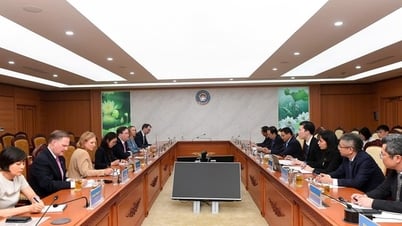
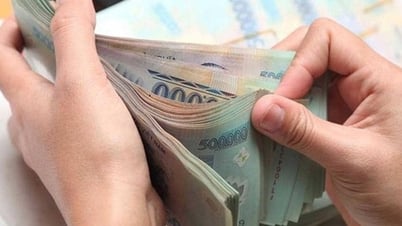
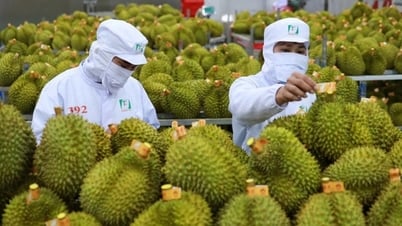




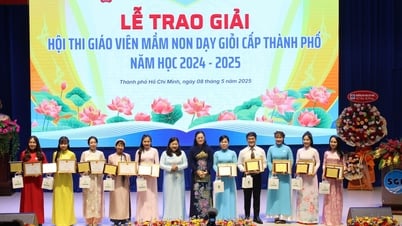

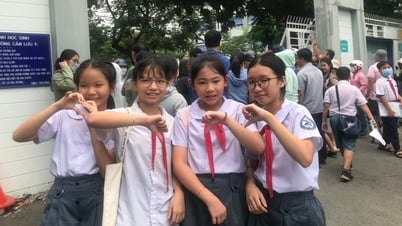
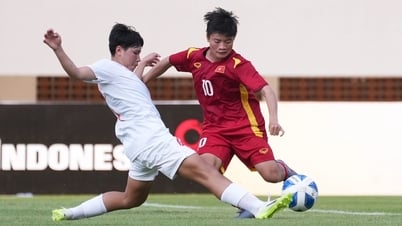
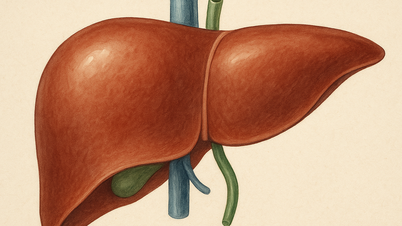
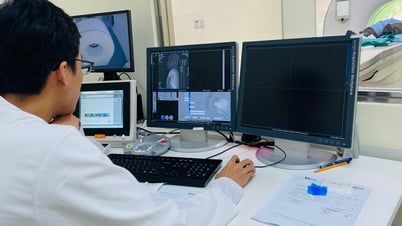




















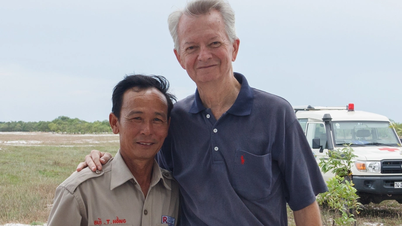










![[Photo] Prime Minister Pham Minh Chinh talks on the phone with Singaporean Prime Minister Lawrence Wong](https://vphoto.vietnam.vn/thumb/402x226/vietnam/resource/IMAGE/2025/5/8/e2eab082d9bc4fc4a360b28fa0ab94de)
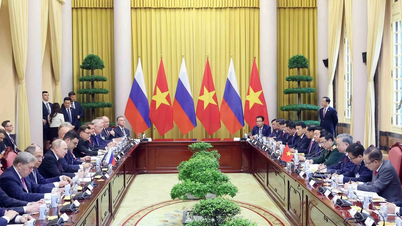

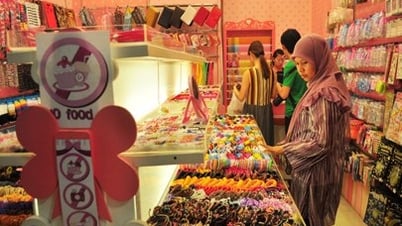


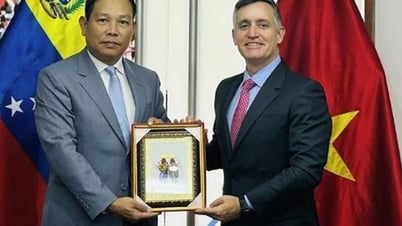

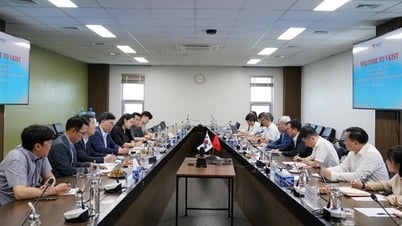


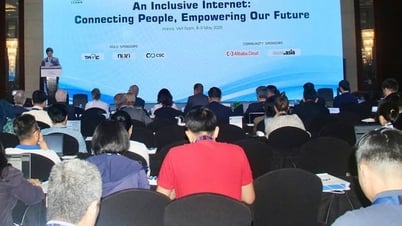


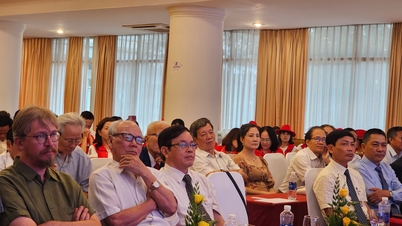
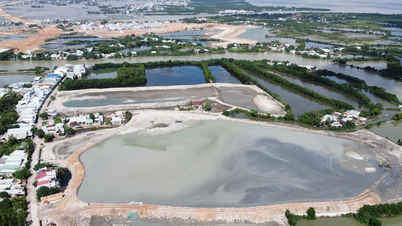



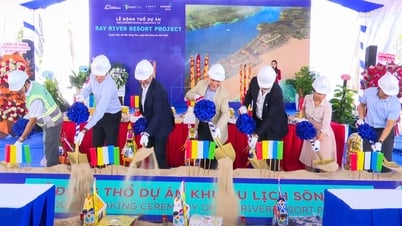















Comment (0)